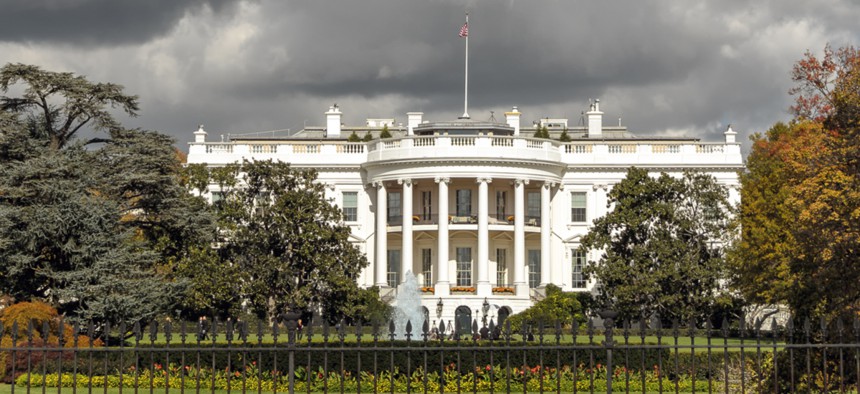White House Wants More Input Before Finalizing New Government Research Center Structure

Lux Blue/Shutterstock.com
Officials are pondering the next steps as they sift through initial feedback on the proposed GEAR Center.
White House officials aren’t sure how they plan to structure a new advanced research center designed to tackle the biggest problems facing government and are looking to the private sector for help.
About 40 organizations have already weighed in on what the Government Effectiveness Advanced Research, or GEAR, Center should look like, but the White House wants to gather more input before making a final decision, a top official said Thursday.
Included in the administration’s reorganization plan, the initiative is aimed at gleaning the best practices and innovations from the private sector to tackle major government problems, particularly those around technology, data and people. Exactly how that will play out is still very much up in the air.
Officials released a request for information in late August and received more than 40 responses by the Sept. 14 deadline, Mary Ellen Wiggins, performance manager in the Office of Management and Budget and the program manager working to establish the GEAR Center, said during an event Thursday hosted by Government Executive.
“It will be a capability, outside of the federal government that would do real-time, live applied research in a federal environment to help us test solutions that can be scaled across the federal enterprise,” Wiggins explained, citing the difficult task of retraining the federal workforce as a prime example.
“What a GEAR Center could do in this instance is some great, live research pilots to figure out: What are the best ways to educate your adult federal workforce? Apprenticeships, gamification—what other sort of online strategies might be effective?” she said. “So, as agencies are all collectively confronting this challenge together … there are some best practices and some successful models.”
Wiggins said the goal of the RFI was to garner ideas on different management structures for the center, encompassing everything from whether it needs a physical location to what incentives—monetary or otherwise—could be put in place to attract participants. While officials are still going over the responses, they have been able to glean some early insights.
“One of the things that was really exciting about them was a lot of responses were submitted jointly,” Wiggins said. “We have seen that there are people who are working together, thinking about these problems collectively. So that’s exciting.”
The initial thinking seems to lean toward a distributed model, in which the “center” isn’t pegged to a physical place but rather wherever the problem resides.
“Our early thinking is that there could be some real advantages to thinking about a networked model,” Wiggins said. “Something that could bring together different stakeholders, different research universities, other institutions in various locations around the country … to help address some of these challenges in the field where they’re happening.”
Overall, Wiggins said the responses were thorough and “very thoughtful.”
Once officials finish analyzing those responses, Wiggins said the next step will likely be more outreach, but this time in search of more concrete suggestions.
The next request “may be something like issuing a challenge to have an actual institution or group of institutions put forward specific ideas for how to stand this up,” she said. “It could be a traditional procurement; it could be something else. That’s really what we’re looking toward as our next big step. All of these responses and all of the ideas in them will help us crystalize what we want to really ask for.”
Wiggins said OMB hopes to have the center stood up—in whatever form it takes—in 2019.






